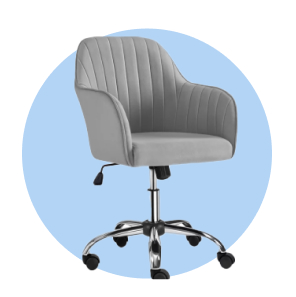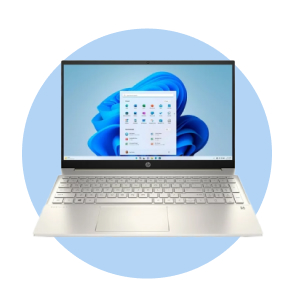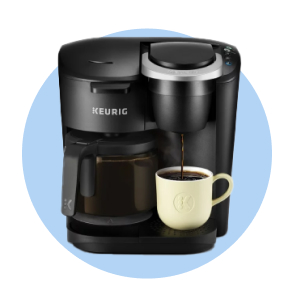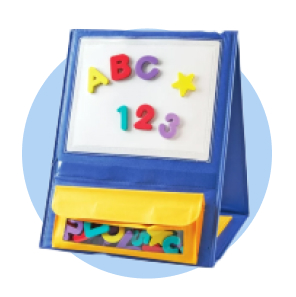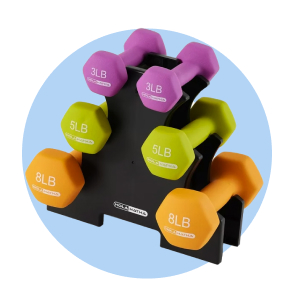
Business Basics: Analyzing Spending
How tracking your spending can lead to significant savings in money & time
As a small business owner, you’re probably used to making do with limited resources. You handle most jobs yourself, and you try to make every dollar count. You probably think your business is too small to worry about analyzing your spending. After all, if you’re buying everything yourself, you already know what you’re spending.
The fact is, once you start to analyze your business spending, you might be surprised to learn where some of your money is going. Analyzing spending is about getting an overview of how you’re spending, on what and when. It’s a powerful business technique that can actually save you money—and time—in the long run.

What is your business spend?
Your business spend is how much money you use for goods, services and expenses. It includes every dollar you spend to support your business, across four categories: direct spend, indirect spend, capital expenditures and operating expenses.
Direct spend
Direct spend is money you use to support the production of your business product. If you run a candy shop, direct spend would include the ingredients you purchase to go into your recipes for candy, and the tools you use to make it, or any inventory you purchase for the purpose of selling for a profit. For a candy-making business, sugar, for example, would be a large line item in direct spend.
Indirect spend
Indirect speed is money you use to support your business operations. This would include your office supplies, software licenses and any money you spend running your business office. Supplies you purchase to clean your candy equipment or your countertops would also count as an indirect spend.
Capital expenditures
Capital expenditures cover any money you spend on large purchases, like equipment or buildings. Any machines you use to create your candy would count as capital expenditures. If your candy factory has a large, glass elevator, for example, that purchase of that elevator would count as a capital expenditure.
Operating expenses
Finally, operating expenses refer to any money you use to cover payroll for employees or the rent and utilities you pay on the building where you make and sell your candy. The salaries of your workers and even your cell phone plan would count as an operating expense.

Why analyze spending?
Because of their relatively small budgets and narrow margins, small businesses, in particular, can be vulnerable to pricing changes, seasonal fluctuations and resource misallocation. This makes it critical for small businesses to stay on top of spending.
Analyzing your spending can also lead to a number of other benefits.
Better value. By analyzing your spending, you can potentially find better deals on the items you use regularly, potentially saving a lot of money in the long run.
Reduce waste. Gaining visibility into how your money is allocated can also help you reduce wasteful spending.
Better budgeting. Knowing how much you are actually spending, versus how much you’re budgeting, can help you make better budgets that reflect the reality of your business operations, and can help you track down areas where you can make better spending decisions.
Where to start analyzing your business spending
With so much to sort through, it can be hard to know where to start analyzing your spending. Here’s a helpful guide.
Gather your statements. Start with where your money lives. Gather your bank and credit card statements, and go down the list of your expenditures.
Categorize your expenses. Next, categorize your spending according to which of the above categories it fits into. For example, sugar and chocolate would be direct expenses and pens and staples would be indirect expenses. Group all of your similar transactions together, so you can analyze how much of your spending fits into each category.
Track your spending. Look for patterns. See if your spending on certain items fluctuates monthly, quarterly, or yearly. This is important for noticing seasonal trends. Can you adjust your budgeting in other areas to make up for expected spending fluctuations? Also, look for items you have purchased that you didn’t use or could do without. And pay special attention to repeat purchases. Can you save money by buying in bulk?
Spend Analytics. Walmart Business+ makes it easy to track your spending with Spend Analytics. This helpful tool offers insightful data, including spend by user, top categories, items and more. It also identifies spending patterns to help members make informed budgeting decisions and implement better buying policies.
How to know if you’re spending too much
In general, as a small business, you want to be spending less than the amount of money you bring in by selling your goods or services. The difference between your income (revenue) and your expenses is your profit margin, and you want this to be as high as possible to have a successful business.
Check your spending against your revenues to see which expenditures contribute the most to your profit margin. You may be spending money on things that aren’t positively contributing to your success. If you spend more on a certain inventory item than you make by selling it, it might be time to look for another supplier, try to buy in bulk, or cut that item from your offerings.
When saving time equals saving money
As the old saying goes, time is money. This is especially true when running a small business. Any of your time spent doing things that don’t positively contribute to your profit margin is essentially taking money out of your pocket.
Look for ways to save time, like shopping at Walmart Business. Our ever-expanding assortment of items at low prices makes it possible for you to get your business must-haves in one place, whether that’s online, through the app, or shopping in the store.
Already have an account? Upgrade to Walmart Business+ to save over $500/year and enjoy exclusive rewards for your organization.1 And our flexible shipping options mean you can save even more time. We offer free delivery from the store, with a $35 minimum,2 and free shipping, with no order minimum.3 Plus, you can earn 2% back in Walmart Business rewards.4 Join today for access to Spend Analytics to start tracking your spending like a pro, Scan & Go for easier shopping through the app and Spend Limits to limit the amount certain users can spend.
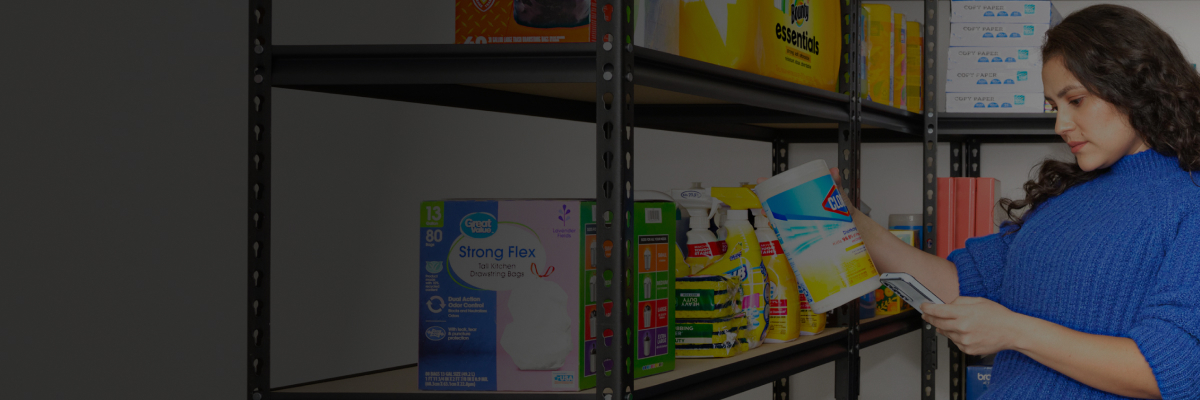
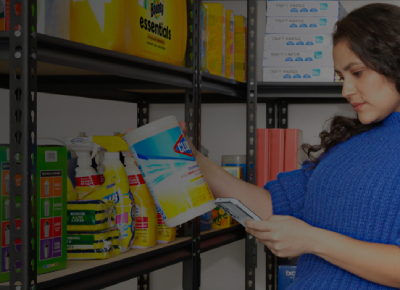
Limited-time offer
Unlock your special promo code
Stay informed on Walmart Business news & get $20 off a $100 purchase!1
1Minimum order of $100. Promo code can be used one time & may not be combined with other offers. Offer not transferable & void where prohibited by law. Customer responsible for all applicable taxes. Offer expires 12/31/2025 at 11:59pm PT. Further restrictions apply. See terms at checkout for details. Promo code offers available in limited quantities. While supplies last.
1 Savings based on 1 free delivery $35+ order vs. $9.95 fee and 1 free shipping order under $35 vs. $6.99 fee biweekly, plus 2% Walmart Business rewards on monthly order >$250 (average value of $400).
2 Restrictions apply.
3 Excludes most marketplace items. Freight & location surcharges may apply.
4 Earn 2% in Walmart Business Rewards on orders $250 or more. Exclusions apply. See full terms.
Exciting news awaits
Hear firsthand about new products, features & promotions.
By clicking submit, you agree to receive emails about Walmart Business and acknowledge you have read and agreed to our Terms of use and Privacy Policy.



